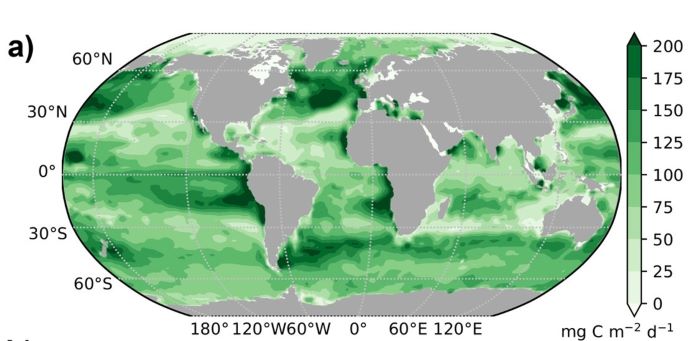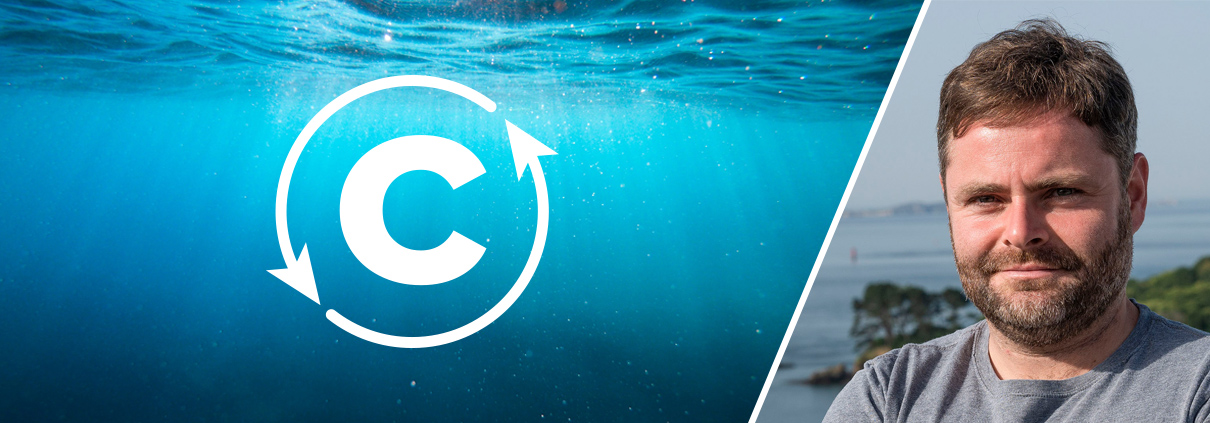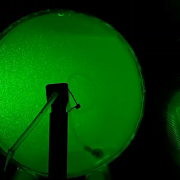The ocean may be storing more carbon than estimated in previous studies
Our colleague Frédéric Le Moigne contributed to an international study on the efficiency of the oceanic carbon pump. The study, published this week in Nature magazine, reassesses the ocean’s capacity to store carbon, particularly through ‘marine snow’. The CNRS issued a press release about this publication :
The ocean’s capacity to store atmospheric carbon dioxide is almost 20% higher than the estimates presented in the latest IPCC report. These are the findings of a study published in the journal Nature on 6 December 2023 by an international team including a biologist from the CNRS. The scientists looked at the role played by plankton in the natural transport of carbon from the surface to the seabed.
Plankton is fond of this gas, which it transforms into organic tissue through photosynthesis during its development, and some of it is transformed into marine particles at the end of its life. Denser than seawater, this ‘marine snow’ sinks to the seabed, storing carbon and providing essential nutrients for many deep-sea creatures, from tiny bacteria to deep-sea fish.
Based on the study of a database collected from around the world since the 1970s using oceanographic vessels, the team of seven scientists were able to digitally map the fluxes of organic matter throughout the oceans. The resulting new estimate of storage capacity is 15 gigatonnes per year, an increase of around 20% on the previous studies (11 gigatonnes per year) reported by the IPCC in its 2021 report.
This reassessment of the seabed’s storage capacity represents a significant advance in our understanding of carbon exchanges between the atmosphere and the ocean at a global level. While the team stresses that this absorption process takes place over tens of thousands of years, and is therefore not sufficient to offset the exponential increase in CO2 emissions generated by global industrial activity since 1750, this study nevertheless reinforces the importance of the ocean ecosystem as a major player in regulating the global climate in the long term.

Global distribution of organic carbon flux from the surface layer of the open ocean.
© Wang et al., 2023, Nature.
Reference:
Biological carbon pump estimate based on multi-decadal hydrographic data. Wei-Lei Wang, Weiwei Fu, Frédéric A. C. Le Moigne, Robert T. Letscher, Yi Liu, Jin-Ming Tang, and François W. Primeau. Nature, le 6 décembre 2023.
DOI : https://doi.org/10.1038/s41586-023-06772-4


 Source: https://www.pexels.com/
Source: https://www.pexels.com/ 







